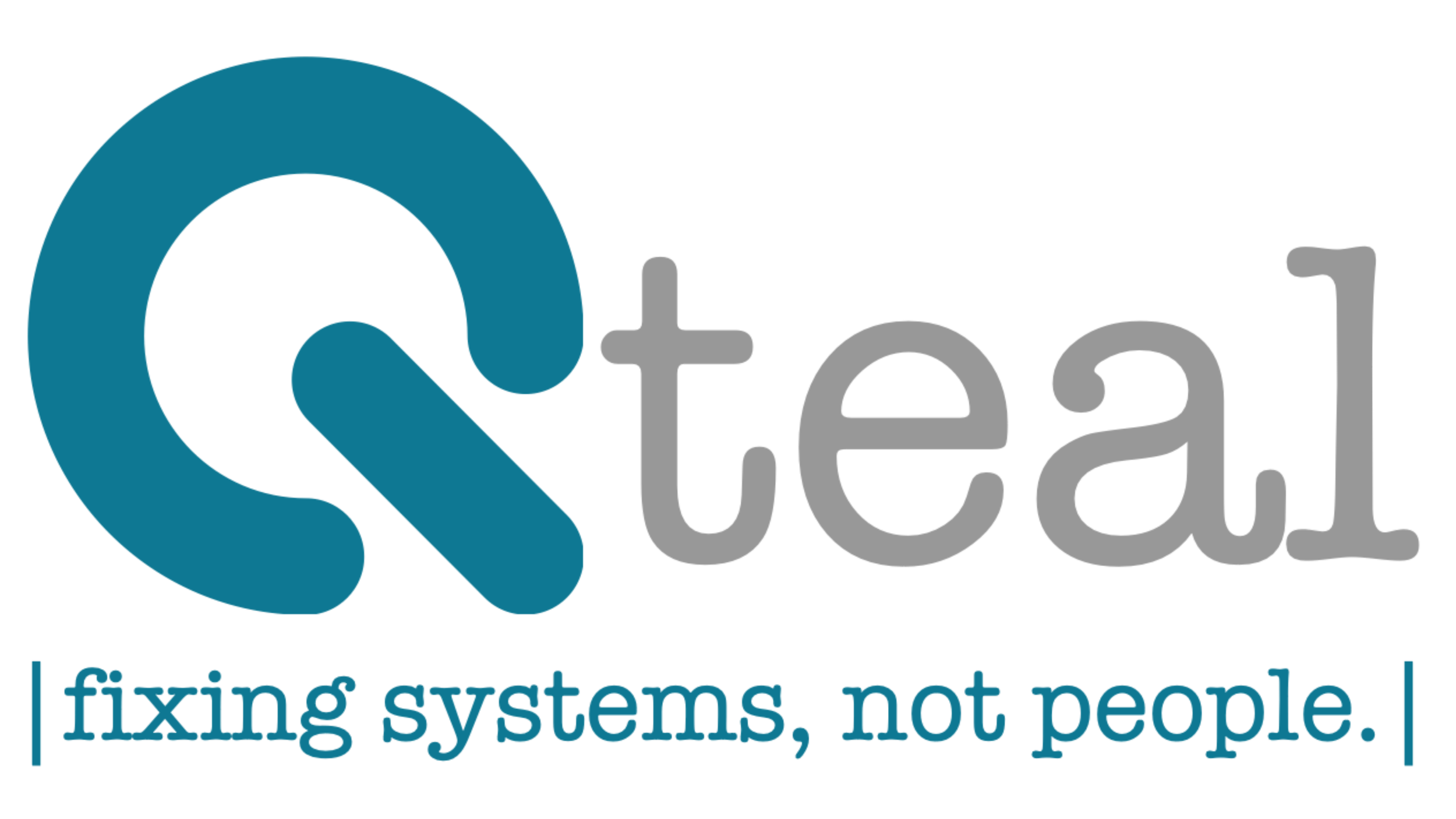Always start with Why.
There is a saying: “when you start a company, you need to have an urge to change the world, or at least make a dent in the universe”. Our urge is to make working places better places. Places where people love to come and be creative in a meaningful way.
We take inspiration from the book 'Reinventing Organizations' by Belgian author Frederic Laloux, which confirms that it is possible to succeed while positively impacting our work environment. It also gave us confirmation that to do this we as people don't have to change, but a lot of systems need to be fixed because these broken systems are standing in our way. That’s why our approach is based on the basic principles of teal organizations.
The basic principles of a teal organization:
Self-steering teams: individuals have the freedom to organize themselves and are provided with the necessary tools to do so.
Wholeness: Work is a place where individuals can be themselves without fear of judgment or reprisal.
Evolutionary goals: Always try to find real meaning in what you do, and let it evolve.

